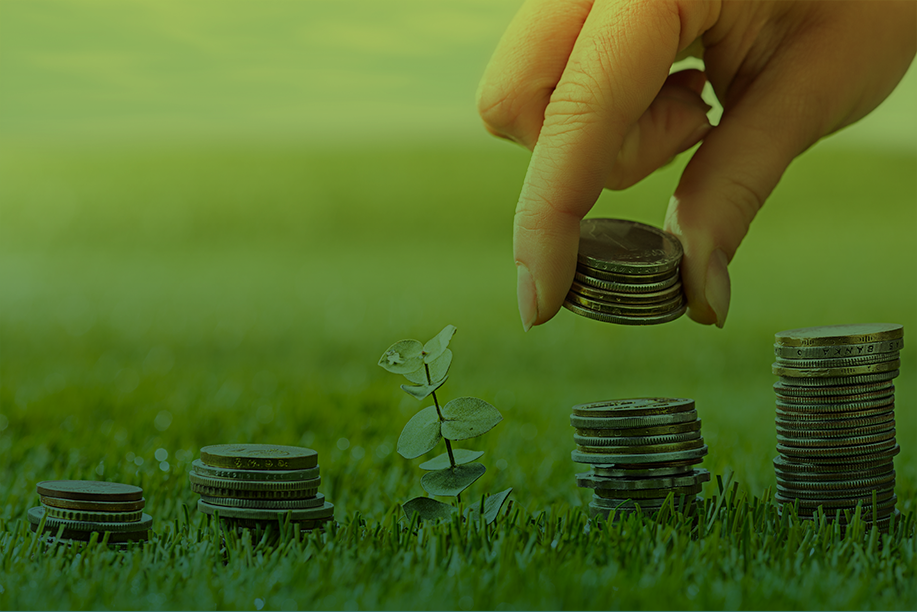The lack of waqf education and literacy remains a challenge for waqf development in Indonesia. As a result, it is difficult to see a paradigm shift in how people view waqf. Waqf is still seen as an Islamic social finance instrument, rather than an Islamic commercial finance instrument.
In fact, waqf has both social and commercial dimensions. In practice, which one should be prioritised, waqf as a social or commercial financial instrument? This is what needs to be understood by the community.
In the current condition, because people’s paradigm towards waqf tends to view waqf as a social financial instrument, the waqf practices that develop also tend to have a social dimension. Examples that are often mentioned are the waqf of tombs, mosques, and madrasas.
Let alone the general public, in various waqf education opportunities, many waqf activists still do not understand waqf as an Islamic commercial financial instrument. Many still do not understand what waqf has to do with investment, sukuk, Islamic capital markets, and other contemporary financial instruments.
Read also: The Law of Cash Waqf and Its Benefits for the People
Therefore, it is important to educate the public on the correct waqf paradigm. In this context, waqf is one of the instruments to build the Islamic economic sector, apart from buying and selling.
‘…Whereas, Allah has justified buying and selling and forbidden usury…’ (QS. Al-Baqarah: 275).
‘Allah destroys usury and nourishes charity…’ (QS. Al-Baqarah: 276).
Sadaqah and buying and selling are the main instruments for building an Islamic economy in order to avoid the practice of a ribawi economy. In the Islamic perspective, waqf is in the universe of alms. There is obligatory almsgiving, namely zakat (see QS. At-Taubah9: 103).
The sunnah alms are infaq and waqf. The difference is that infaq is an interrupted charity. Meanwhile, waqf is a flowing charity. This is the advantage of waqf. The principal of waqf, which must be maintained, guarantees the continuity of the benefits of waqf (habatsta ashlaha wa tashadaqta biha).
Since the waqf principal must remain and continue to produce waqf surplus, it means that the nature of waqf is productive, or in economic language, commercial. That is why waqf is called an Islamic commercial finance instrument. Then, the surplus is channelled to finance social activities, such as mosques, tahfizh houses, madrasas, and hospitals. This is the social dimension of waqf.
Thus, in practice, it is the productivity or commercialisation side of waqf assets that must be put forward. Meanwhile, the social dimension of waqf is the impact of the productivity of waqf assets. This means that when the nazir receives the prospect of waqf assets, the mindset that needs to be set is whether the waqf assets are commercially valuable or not?

This does not mean that it is not permissible to accept or develop social waqf assets, of course it is. However, the nazir needs to think after the social waqf asset is accepted or established, where is the revenue stream to finance the social waqf asset?
For example, in the field of waqf land assets, there are many nazirs who build mosques first rather than productive business units. Usually, this is related to the wakif’s request. After the mosque is built, the question is where will the maintenance cost come from?
Not to mention that the standard of the mosque built is usually magnificent, so it requires a lot of maintenance costs. Not to mention if the case is that there is already a neighbouring community mosque that stands first. Finally, the mosque built is seen as a lighthouse, not functional for worship and the development of students and the community.
Productive business units should be built first to generate revenue streams. Then build pesantren and mosques on the waqf land assets. Thus, there is a surplus contribution from the waqf productive business unit to finance education and da’wah activities apart from the contribution of santri education donations.
Meanwhile, on the side of people who want to donate waqf, they should also donate their productive assets. For example, shop houses that can be rented out, stocks that generate dividends, or waqf money. This is the practice exemplified by the Companions in waqf.
Read also: Mother as a Role Model for the Family, Dompet Dhuafa Presents Waqf for Mothers
For example, Zaid bin Sahl, popularly known as Abu Talhah, endowed the best asset he had. He donated the Bairuha garden which was strategically located not far from the Prophet’s Mosque. The Bairuha garden was Abu Talhah’s most beloved and proud date plantation because it produced a satisfactory harvest. Similarly, Sayidina Umar bin Khatthab endowed his best date plantation in Khaibar for the benefit of Muslims.
Nowadays, with the permissibility of cash waqf in addition to waqf through money, the model of waqf development becomes more varied. In this context, collaboration with various contemporary Islamic financial instruments, such as waqf sukuk and Islamic capital markets, becomes a necessity to accelerate the development of waqf.
Therefore, an important task of the Indonesian Waqf Board (BWI) and waqf institutions is to introduce various models of cash waqf development through various contemporary Islamic financial instruments, so that the public will be more educated and there will be a shift in the waqf paradigm.
Written by Muhammad Syafi’ie el-Bantanie
(Practitioner of Dompet Dhuafa Waqf Development and Investment Institute)



